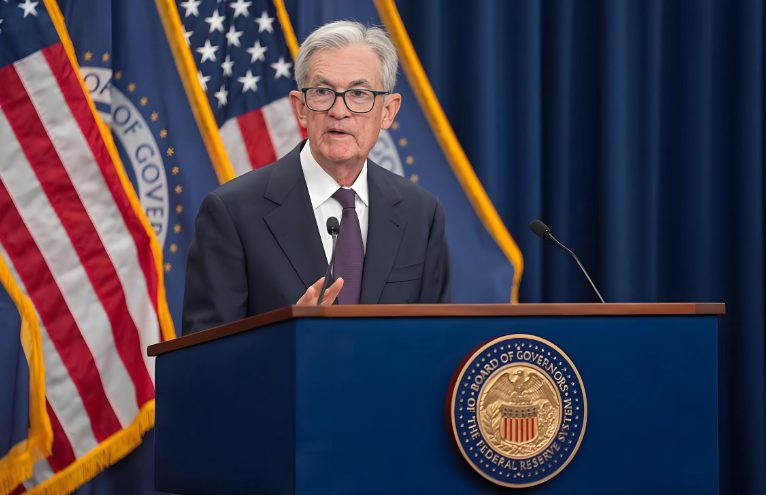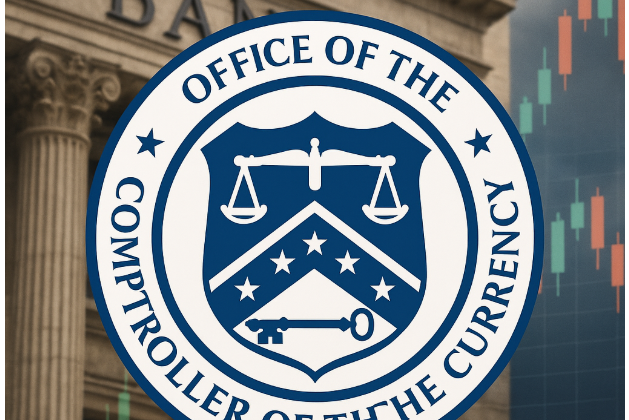
The US dollar extended its rally this week, with the DXY Index climbing above 107, following hawkish remarks from Federal Reserve Chair Jerome Powell during his speech in Washington on Monday. Powell emphasized that inflation remains “not sufficiently anchored,” suggesting rate cuts could be delayed—a message consistent with the latest FOMC Minutes published by the Federal Reserve .
Treasury yields jumped across the curve, pushing the 10-year yield above 4.45% according to US Treasury data . As a result, EUR/USD briefly fell below 1.06, while GBP/USD dipped toward 1.24, extending the bearish momentum seen since last week’s CPI release from the Bureau of Labor Statistics .
Background Context
The dollar’s surge comes after months of speculation that the Fed was preparing for mid-year rate cuts. However, recent services inflation, strong labor data, and resilient consumer spending per BEA reports forced policymakers to maintain a cautious stance. Meanwhile, the ECB and BOE have signaled softer forward guidance—highlighted in recent ECB press releases and BOE Monetary Policy Reports—supporting a widening policy divergence that favors USD appreciation.

Why This News Matters
Traders and investors should pay close attention because:
- Yield spreads between US and EU/UK bonds are widening, historically a strong signal for sustained USD strength.
- The FedWatch Tool from CME now shows rate-cut probabilities for March dropping below 30% .
- Emerging market currencies such as TRY, ZAR, and BRL face renewed pressure in a strong-dollar environment (see IMF FX vulnerability metrics).
A stronger USD also has broader macro implications—tightening global liquidity, weighing on commodities, and nudging multinational firms to cut revenue forecasts as currency conversions become less favorable.
Our Expert Take
The dollar’s climb reflects a textbook case of policy divergence. Historically, during cycles where the Fed stays hawkish longer than its global peers, the USD tends to outperform for several quarters.
If the DXY sustains a breakout above 107.50, technical models suggest a possible move toward 109–110, last seen in 2022. For EUR/USD, upside appears limited unless eurozone PMI and inflation data begin outperforming expectations.
Traders should closely monitor:
- The next CPI release from BLS
- Fed member speeches posted on the Federal Reserve Speech Calendar
- Treasury auctions from the US Treasury





